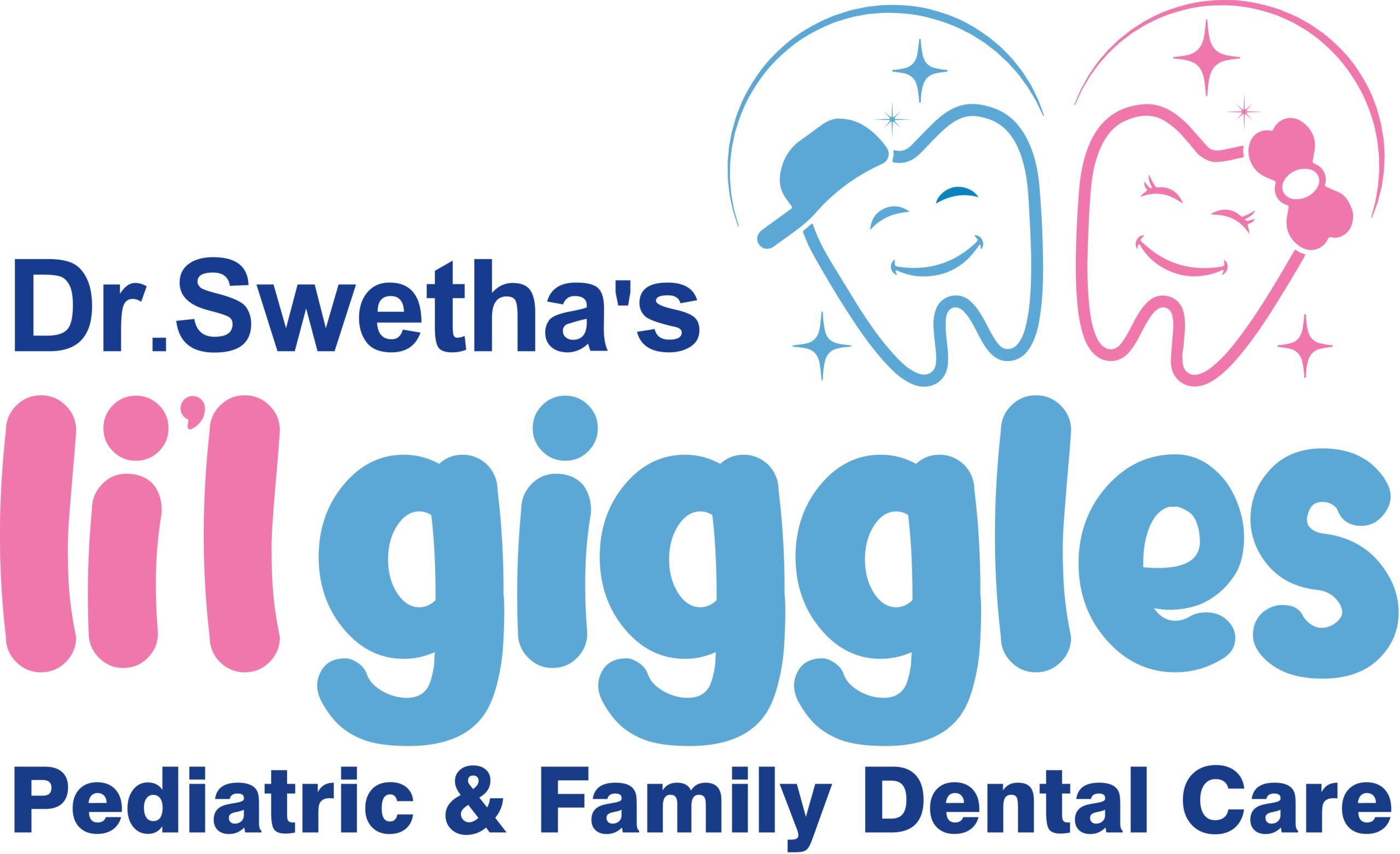Braces have come a long way since their early days. Today, we have a variety of options to choose from, each serving the same purpose—to help us achieve straighter, healthier teeth. This blog explores the fascinating journey of braces, highlighting types of braces for teeth available in modern times.
I. Introduction
Having straight teeth is not just about having a lovely smile; it’s crucial for oral health and boosting self-esteem. Misaligned teeth can lead to problems like difficulty in cleaning, which increases the risk of gum disease and tooth decay. To prevent such issues, several types of braces for teeth are available. These braces vary in design and functionality, helping to straighten teeth efficiently. Understanding different types of braces for teeth will help you make an informed choice about the right option for you or your family.
II. A Glimpse into the Past: Early Orthodontics
Orthodontics dates back to ancient times when civilizations like the Egyptians used crude metal bands around teeth. These early techniques were a primitive step toward what we know today. The real journey of modern orthodontics started in the 18th century. Pierre Fauchard, regarded as the pioneer of dentistry, developed a device called a “Bandeau.” This horseshoe-shaped piece expanded the arch of the mouth. His contributions laid the foundation for today’s orthodontic advancements, making different types of braces for teeth more effective and accessible.
III. Traditional Metal Braces: The Foundation of Orthodontics
Traditional metal braces have been around for decades. They consist of brackets glued to each tooth, connected by wires. These brackets are usually metal and are adjusted over time to guide teeth into place. Metal braces are known for their effectiveness in addressing various dental issues. Despite their proven results, some might find them too visible, particularly adults. However, modern innovations have made them less bulky and more comfortable. For both children and adults, these costs remain one of the most budget-friendly options among types of braces for teeth.
IV. The Rise of Ceramic Braces: An Aesthetic Alternative
Ceramic braces emerged as a less visible option compared to metal braces. They work similarly but are made from clear or tooth-colored materials, blending in with the teeth. This makes them a popular choice for individuals who want less noticeable braces. However, ceramic braces can cost more than their metal counterparts. There’s also a risk of staining if not maintained properly, highlighting the need for regular cleaning. Nevertheless, for many, the aesthetic benefits outweigh the challenges.
V. Lingual Braces: The Hidden yet Effective Option
Lingual braces are unique because they are placed behind the teeth, making them nearly invisible from the front. This feature makes them an attractive choice for self-conscious adults. The process involves custom fitting, ideal for those needing a discrete solution. However, lingual braces can be less comfortable as they may irritate the tongue. They also tend to be more expensive than other options. Despite these drawbacks, their invisibility makes them a sought-after option among types of braces for teeth for a hidden approach.
VI. Modern Aligners: Going Metal-Free with Invisalign
In recent years, clear aligners like Invisalign have transformed orthodontic treatments. These are removable, transparent trays that fit snugly over the teeth. Invisalign offers several benefits, including being almost invisible and removable, allowing for easier eating and cleaning. However, it’s essential to wear them for 22 hours a day for the best effect. Although aligners suit many cases, complex dental issues might still require traditional braces. Invisalign represents a cutting-edge revolution in how we perceive wearable different types of braces for teeth solutions.
VII. Self-Ligating Braces: A Technological Leap
Self-ligating braces are a newer innovation that doesn’t need elastic ties. They use a built-in clip to hold the wire in place. This design reduces friction and makes the process more comfortable. They might also shorten treatment time. Compared to traditional metal braces, they add a touch of modernity, being slightly less noticeable, which appeals to many. These advantages make them a wonderful choice for those considering types of braces for teeth with reduced treatment discomfort.
VIII. Making the Right Choice: Factors to Consider
Choosing the right braces can feel overwhelming. Here’s a guide to help: – Lifestyle Needs: Consider your lifestyle. If discretion is key, aligners or lingual braces might be better. – Cost Consideration: Different types of braces come with varied costs. Budget can play a significant role. – Professional Advice: Consult an orthodontist for personalized advice. Each factor plays a vital role in determining the most suitable option. Keeping these considerations in mind will bring you one step closer to a healthier smile.
IX. The Future of Orthodontics: What’s Next?
Orthodontics continues to evolve. Digital imaging and 3D printing are gaining traction, allowing for customized braces. Imagine having braces that are tailor-made for your unique smile! Personalization is at the forefront of this evolution, enhancing both comfort and outcomes. Future advancements may include new materials that mimic natural teeth even more closely. These developments are set to change the landscape of how we perceive types of braces for teeth, making them even more effective and accessible.
X. Conclusion
Discover the Right Braces for Your Perfect Smile!
Braces have come a long way, offering a variety of options to straighten your teeth and boost your confidence. Whether you prefer traditional metal braces or the latest clear aligners, it’s essential to explore all choices and seek professional advice.
Contact Swetha Lil Giggles today for expert orthodontic care and guidance to help you achieve the smile you’ve always wanted! Let’s create that healthy, beautiful smile together!

